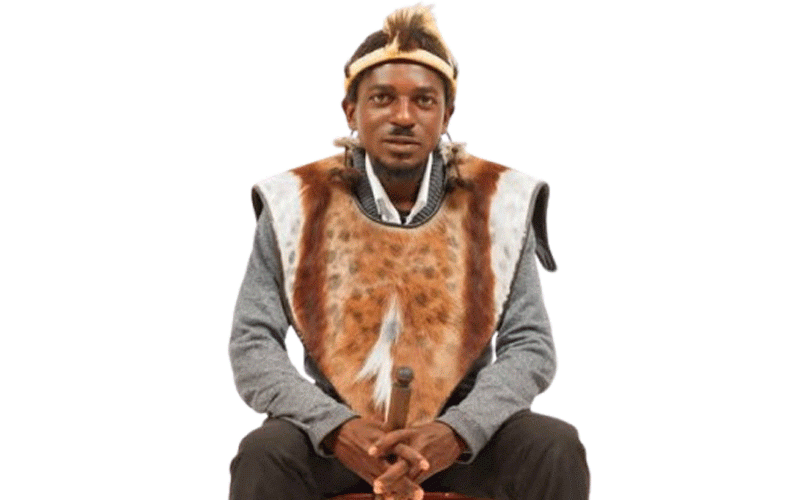
It’s over two weeks since Zayd Dada went missing on Mount Inyangani. The search continues, and our thoughts and prayers go out to his wife, family and friends.
OutDoor with Rosie Mitchell
As we hold onto hope he will be found, several readers have requested tips on day hiking safety.
Long ago, I met a couple at a party and our conversation led to a simple hiking practice I’ve followed ever since. They recounted how having a cigarette lighter with them on what began as a short hike in Nyanga, saved them from hypothermia. Mist came down suddenly — a common occurrence when exploring mountainous areas.
In poor visibility, they lost their bearings. It got dark and their only option was to spend the night out. They had no warm clothing, but thanks to the lighter, were able to make a fire and keep warm enough to prevent hypothermia — though they still got extremely chilled. They deliberately kept themselves awake, and regularly got up and moved about, for warmth.
There are extremes of temperature in this country, especially in mountainous areas.
Hypothermia is a serious risk if stuck out overnight. At first light, with better visibility, they thankfully found their way back to a road. They shared this lesson and from that day onwards, I’ve never hiked without a box of matches and a cigarette lighter, no matter how short a hike is intended.
In outdoor shops, you can cheaply buy a “Survival Blanket” which weighs virtually nothing, easily fits in a pocket, and will keep you warm as toast. These are made of special foil and keep the warmth your body generates, inside. Or, carry a couple of large plastic bin liners, also lightweight and non-bulky. Also carry a lightweight waterproof jacket. Now you have warmth covered, if you get lost and end up out overnight.
- Govt in umpteenth warning on price hikes
Keep Reading
Carrying water seems obvious — yet I’m amazed at the number of people who do not hike with enough. The next major risk is dehydration. This, along with heat stroke, could cost you your life. Always wear a hat.
Never assume you’ll find water. There are water bottles available these days with a built-in filter; then if you do find water, it’s filtered as you drink it. Ideally, have one of these plus a bare minimum of 2 litres of water per person, for a half day hike — preferably more.
Some food is obvious too, even if the intended hike is short. Biltong, nuts, dried fruit, cereal bars, are ideal.
For first aid I carry; lavender oil — antiseptic, soothing and great for treating cuts, grazes, insect and nettle stings; a crepe bandage, some plasters, a needle for splinter removal, antihistamine and Darolyte tablets and painkillers.
Next — effective navigation. At the Surveyor General’s Office, buy the 1:50 000 maps for the relevant area. Buy a GPS, learn to use it, and carry spare batteries, or a compass, and learn to use that. Carry your fully charged mobile — remembering you certainly can’t rely on signal — a head torch and spare batteries and always, a whistle, then if you fall down a crevice, you can attract the attention of searchers. If you get lost at nightfall, don’t wander about.
Stay put, stay warm, and at first light, you’ll more easily find your way out.











